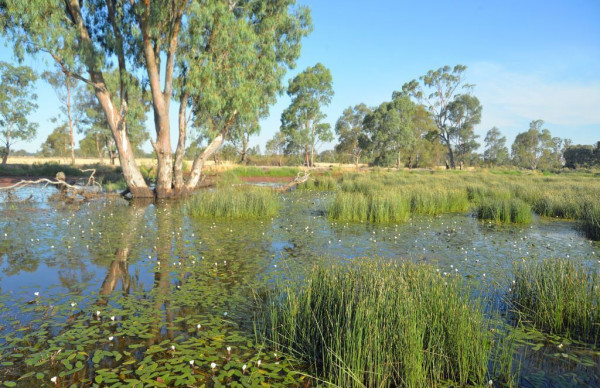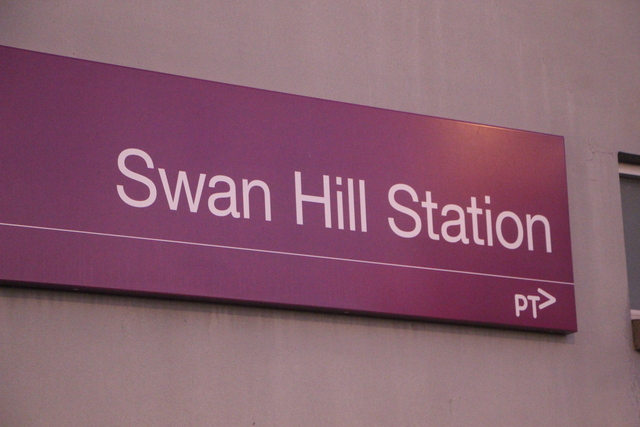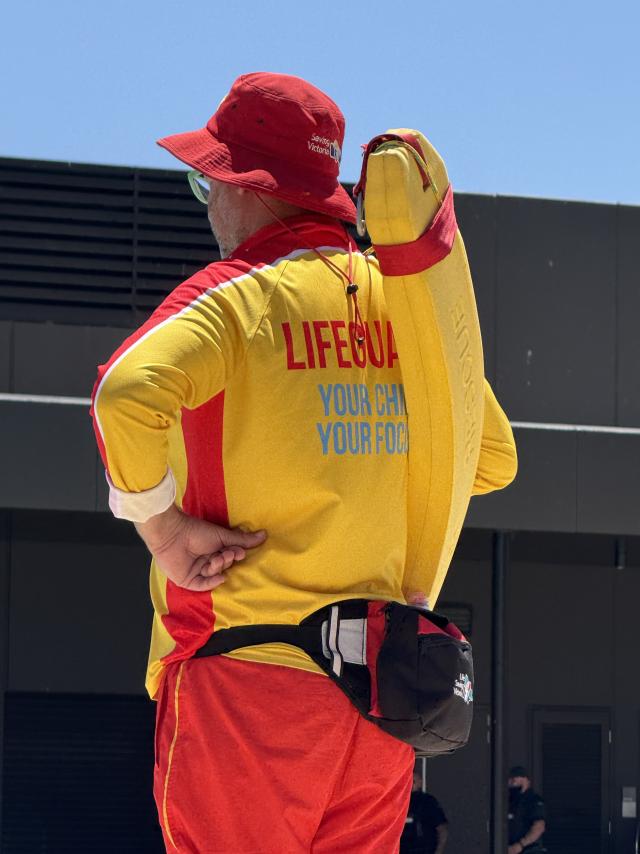A CRITICAL countdown has begun in the race to save and restore a “vital” wetland habitat in northern Victoria, home to the nationally threatened Growling Grass Frog and 29 other threatened species
Not-for-profit ecological group Wetland Revival Trust (WRT) is urgently working to raise $750,000 to purchase the property, Wirra-Lo, near Cohuna.
Wirra-Lo – a 180ha property – has already been the subject of significant restoration activity by its current owners, working in conjunction with the Trust and local Indigenous communities.
Retired owners Ken and Jill must sell Wirra-Lo, and the trust need to raise the $750,000 needed to buy and protect Wirra-Lo for future generations.
Founded by restoration ecologists Damien Cook and Elaine Bayes, WRT is working to restore and revitalise wetland habitats around Australia.
WRT aims to protect and restore high value wetlands and waterways on both private and public lands, ensuring restoration is based on sound science and practical knowledge.
WRT has been involved in a suite of ecological restoration projects including at the Avoca Marshes, McDonald’s Swamp, Yando Swamp, Hird Swamp, Lake Murphy and Lake Boort.
For Wirra-Lo, significant work, including revegetation, has already been completed, but much more needs to be done to restore and preserve it ecological value. This revegetation included the planting of 60 nationally endangered Stiff Groundsel (Senecio behrianus), which are now spreading across shallower areas of the wetlands.
Other highlights include the nationally vulnerable Growling Grass Frog which was heard calling in Brolga Swamp only two years after restoration began.
Wirra-Lo Wetlands supports the only known existing population of the nationally vulnerable Growling Grass Frog in the northern area of the region. Two new wetlands were also created at Wirra-Lo in 2019 to provide breeding habitat for the Australasian Bittern.
Mr Cook said Wirra-Lo supported natural woodlands, grasslands and 11 wetlands, and was culturally significant to Barapa Barapa and Wemba Wemba Traditional Owners.
“The land is also a vital habitat for threatened species including the Growling Grass Frog, and the Australasian Bittern, along with many other ecologically important plants and animals,” he said.
“The transformation of Wirra-Lo from a depleted and stripped agricultural past, to a revitalised flourishing ecosystem today is the result of many years hard work, expertise and passionate commitment.
“Species that were previously thought extinct are now thriving at Wirra-Lo. And there is more to do.
“Wetlands are among the world’s most productive environments and are vital for human and species’ survival.
“They deliver a wide range of ecosystem services including fish and fibre, water supply, water purification, climate regulation, flood regulation, protection from erosion, control of agricultural insect pests by wetland birds, recreational opportunities and tourism.”
Ms Bayes said WRT has been committed to using “rigorous science and community collaboration” to restore healthy wetlands that are connected across the landscape and that provide diverse and productive habitats for flora and fauna.
“Traditional owners play a central role in all our work,” she said.
“These communities have cared for their country for many thousands of years and wetlands have always played a central role in their cultural, spiritual and economic life.
“Aboriginal connection to wetlands is evident in the many cultural sites that are found within and around them, including scar trees, middens, camp sites and oven mounds and ceremonial grounds.”
Barapa Barapa Elder Uncle Duck Charles said he liked the “satisfaction” of working on county, being connected to the environment and feeling part of it.
“It’s a good feeling eradicating weeds and working to get the native plants and animals back, to return the country to better health,” he said.
Fellow Barapa Barapa Elder Uncle Ricky Kirby said he was “passionate and thankful” that Wirra-Lo was gradually being returned to the way it was originally.
“For so many decades, there was an unnecessary clearing of the land,” he said. “I am confident that Damien’s work will restore the land to its original balance, fitting the country back into its place – the way it should be – the animals, plants and humans living harmoniously together.”







